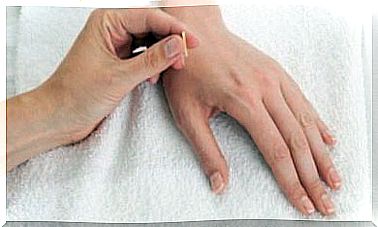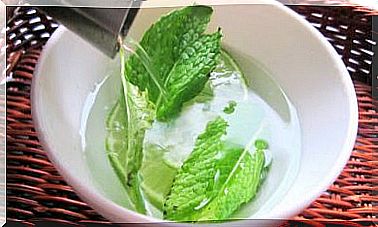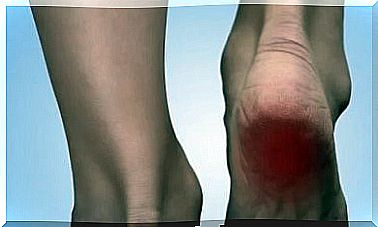Cold Intolerance: Why Are Some More Sensitive?

Cold intolerance can be difficult. Even though it is common to see people outside dressed thin and even swimming in lakes at low temperatures, it is not uncommon to hear that some do not want to leave the house in winter. What makes some people more sensitive to low temperatures?
Each person has a greater or lesser sensitivity to temperature. But this sensitivity can be a symptom of a disease if it is exaggerated, to the point of not being able to tolerate the cold.
Certain factors increase the risk of cold intolerance: low body fat or a chronic health problem. Today’s article will describe the main causes of the disease and how to diagnose it.
Cold Intolerance – Why Are Some People More Sensitive to Low Temperatures?

Cold intolerance, when a person can not stay outside in winter, is a sign that there is something wrong with the body. One of the most common causes is the low body fat index, as mentioned above. Fat is an insulator that allows us to maintain body heat. Women tend to be more sensitive to cold because they have a much thinner fat layer compared to men.
Hormonal changes that occur during certain stages can trigger this problem, especially during menopause. You’ve probably heard of hot flashes, but increased sensitivity to temperature changes is also common.
In addition, cold intolerance could be a symptom of an infection, such as a cold or flu. The same goes for those with metabolic problems. Specifically, the body generates less body heat in the absence of thyroid hormones in those affected by hypothyroidism.
Other diseases that lead to cold intolerance
Anemia is a disease in which red blood cells change because there is not enough hemoglobin, the substance responsible for transporting oxygen. In other cases, the number of red blood cells decreases or because they are abnormal.
The symptoms of anemia vary and are, for the most part, nonspecific. People with this condition feel tired and weak, and some are intolerant to the cold. In this case, the symptom occurs due to circulatory problems caused by anemia.
Certain blood vessel problems cause cold intolerance, including Raynaud’s syndrome. This is a disorder in which there is an abnormal narrowing of the blood vessels in response to certain stimuli, such as cold or stress.

Cold intolerance can occur due to a chronic disease known as fibromyalgia. People with this condition suffer from generalized muscle and bone pain, often associated with hypersensitivity. Its incidence is much higher in women. There are no lesions to explain this type of reaction. Fibromyalgia changes resting patterns and thus psychological well-being.
Although rare, the cause of cold intolerance may be in the hypothalamus. This area of the brain regulates body temperature. For this reason, any disease that affects it can change the temperature.
How is this problem diagnosed?

The doctor should perform an extensive physical examination to diagnose the reason for the cold intolerance. First, it will check your weight and body fat index and also perform a blood test.
This test will reveal the level of thyroid hormones and determine if there is anemia or another condition. The professional will do other tests after ruling out something more serious, such as a hypothalamic disorder.
Keep in mind that long-term cold intolerance is a serious reason to consult a doctor. It could be a symptom of another disease. So, it’s better to go to the doctor on time than to be sorry later!









